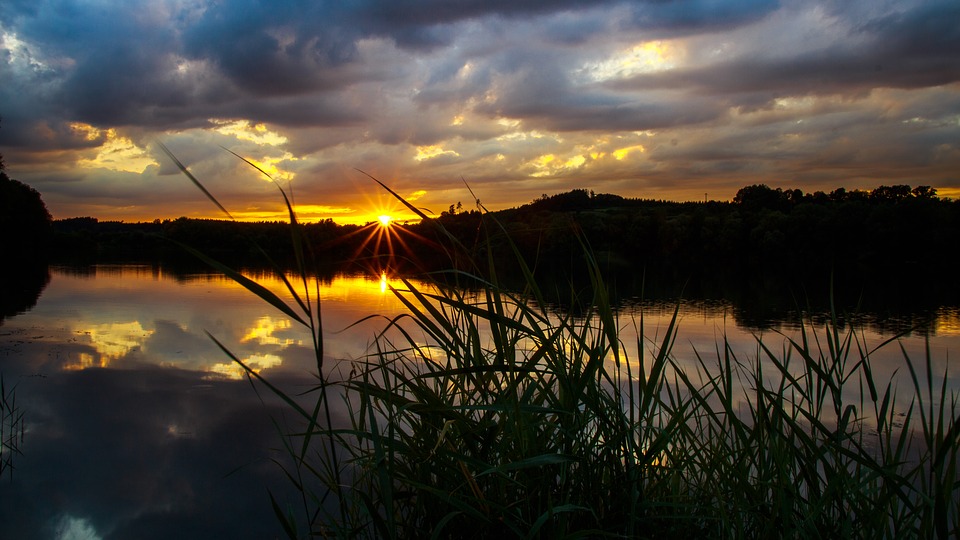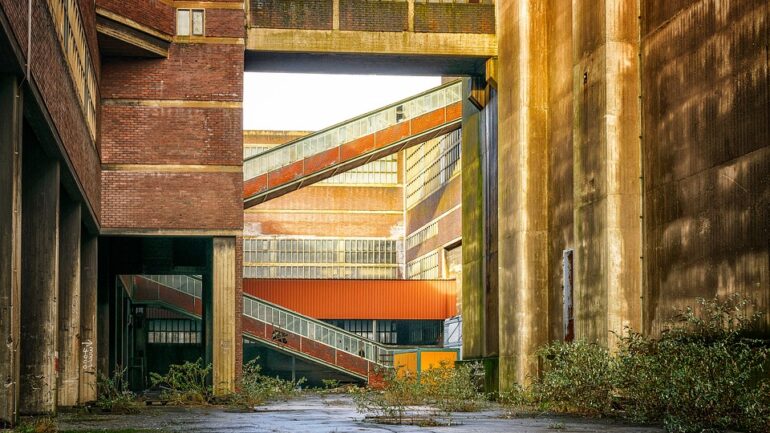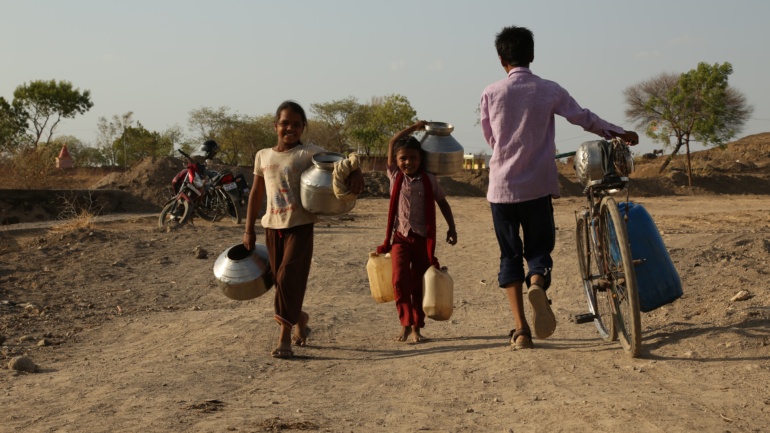By Taylor Schaefer, Writing Project Leader for Save The Water™ | August 3, 2015
Every year, thousands of tourists flock to the Finger Lakes region of New York State. Known for its abundance of natural beauty, the temperate climate has made this destination one of the most popular wine regions in the world. Agricultural production is vast, as fruit, vegetable and sugar maple farms flourish throughout the countryside. In 2013, the state’s maple syrup production ranked second in the country. The eleven Finger Lakes are some of the most beautiful lakes in the country, with waterfalls and deep waters that attract water sports enthusiasts from all over the globe. However, kayaking, canoeing and waterfall hikes are not the only unique aspects of the Finger Lakes. Containing 4.2 trillion gallons of water, Seneca Lake provides clean drinking water for 100,000 people and is also home to a variety of fresh water fish. Residents in the area strive to maintain sustainable production methods on vineyards and farms. However, despite the ban on fracking, a battle between clean and dirty energy ensues as a Texan corporation seeks to build a gas storage facility on the western side of Seneca Lake.
The Texas-based company, Crestwood Midstream Partners, has plans to connect pipelines that would transport fracking gas, including methane and liquefied petroleum gas (LPG), from areas in Pennsylvania, Ohio, and West Virginia and store it at the lake in abandoned salt caverns dating back to the 19th century. Crestwood is already storing 1.5 billion cubic feet of methane at the site, and they have already received approval from the Federal Energy Regulatory Commission (FERC) to obtain another half-billion cubic feet of gas.
Storing fracking gas on top of a centuries-old salt cavern can have devastating effects on the environment and the water supply if a structural collapse were to occur. Many of these caverns are located directly below rock formations that have been weakened by faults, so they are structurally unstable and highly vulnerable to collapse. Ten years ago, a consulting engineer from Louisiana deemed one cavern “unusable” after its partial destruction by an earthquake. Unfortunately, Crestwood still plans on storing 600,000 barrels of liquid propane in the first cavern and 1.5 million barrels in the second. This structural instability means a greater chance for accidents. A 2015 analysis found 20 serious incidents involving the salt caverns between the years 1972 and 2012. These incidents included large explosions, loss of life, injuries, large evacuations of residents, and property loss. While there is no report from Crestwood involving the increased structural support in the salt caverns, proponents of the gas storage such as Don Siegel, a Syracuse University professor and hydrogeologist/geochemist, said the Seneca Lake storage site has unique geologic attributes (brine-pits), that will store the liquid gas with no problems. However, Dr. Rob Mackenzie, retired president and CEO of Cayuga Medical Center, has experience in health safety work and claims the older salt caverns may cause an issue in the future. He concluded that over the course of 25 years, the overall risk of disaster is 42 percent.
Also, brine seepages would render the lake water non-potable, as was the case in 1964-1984 when the storage of propane caused the salinity of the lake to increase significantly. Tom Meyers, a Nevada hydrologist, found that the five-year period — where a “massive spike of chloride” was recorded — coincides with the introduction of LPG storage in salt caverns during the 1960s.
Furthermore, the industrialization that comes along with the Crestwood plan would increase local traffic exponentially. There would be over 50 additional tank cars and compressor stations that force gases into the ground at high pressure, potentially damaging groundwater. Most of all, this corporate takeover is expected to create only eight to ten jobs, which would not bring much overall benefit to the local economy. In fact, it could have the reverse effect. Since the rural aspect of the Finger Lakes is what drives most of its economy, industrialization of the region would disrupt its agricultural output and hinder tourism brought by its vineyards and farms.
Despite the fact that residents, hundreds of businesses, 23 municipalities, and five out of the six townships surrounding Seneca Lake have all come out against the project, the company is still moving forward with its plans. One of the driving forces behind the large protest against the fracking corporation comes from the community’s strong desire to become sustainable without the use of fossil fuels and other dirty energy.
Informing residents about the use of alternative energy sources such as solar energy could help reduce the reliance on fossil fuels. A 2013 study, conducted by Stanford researcher Mark Z. Jacobson, showed there is a possibility that renewable energies could supply 100 percent of New York State’s needs by 2030. While the initial shift from natural gas to renewable energy (wind, solar and water) would be costly, the study also noted that it would create 80,000 more jobs within the state, greatly outweighing the immediate cost. The first and most important step towards this goal would need to be acknowledged in the 2015 New York Energy Plan. Unfortunately, the current draft includes the expansion of natural gas infrastructure, setting the pace for diminishing health and environmental degradation in the future. Plans for building natural gas infrastructure that would be in place for the next 30 to 50 years is huge mistake. New York State, as well as other states, should be working towards transitioning to a system of renewable energy sources in order to secure the best interests of its’ citizens.
Biologist and local movement leader Sandra Steingraber states, “All of us are 65 percent water by weight, Seneca Lake is the source of drinking water for 100,000 people. So 100,000 people are walking around [made up of] Seneca Lake. That’s their blood plasma, that’s their cerebral spinal fluid, that’s their exhaled breath on a cold winter day.” Steingraber and other community members of the Seneca Lake region acknowledge the importance of this water source, not only to their health but to the sustainability of the environment as well. The community’s health and prosperity is dependant on its connection to the water in Seneca Lake. The state must decide: is it really worth jeopardizing for the creation of a mere dozen jobs?
Sources:
“About Crestwood.” We Are Seneca Lake. We are Seneca Lake, 2014. Web. 21 July 2015.
“Business Coalition.” Gas Free Seneca. Gas Free Seneca, 2014. Web. 21 July 2015.
Cantarow,Ellen. “The fight for the Finger Lakes: Why upstate New York is the battleground for
America’s energy future.” Salon. Salon, 9 July 2015. Web. 21 July 2015
Chanatary, David. “Residents Fight To Block Fracked Gas In New York’s Finger Lakes.” NPR. NPR, 20 June 2015. Web. 21 July 2015.
“Discover Seneca Lake!” Seneca Lake. Pure Waters Association Inc., 2015. Web. 21 July 2015.
Finger, Ray. “Gas storage at Seneca Lake fuels outrage and support.” Stargazette. Gannet
Company, 16 Jan. 2015. Web. 21 July 2015.
Jordan, Rob. “Stanford researcher maps out an alternative energy future for New York.” Stanford News. Standford U., 12 Mar. 2013. Web. 21 July 2015.
Mackenzie, Rob. “Independent High-Level Quantitative Risk Analysis Schuyler County Liquid Petroleum Gas Storage Proposal.” Gas Free Seneca. Gas Free Seneca, 15 Jan. 2015. Web. 21 July 2015.
Mantius, Peter. “Inergy Seeks Approval for Gas Storage in Once Deemed Unusable Salt Caverns.” DC Bureau. DC Bureau, 7 Jan. 2013. Web. 21 July 2015.
—. “LPG Storage in NY Salt Cavern Linked to Salinity Spike in Drinking Water.” DC Bureau. DC Bureau, 6 Feb. 2015. Web. 21 July 2015.
Salzone, Joe. “Maple Syrup Production Increases in New York.” Finger Lakes Daily News. Finger Lakes Daily News, 17 June 2013. Web. 21 July 2015.
Taylor, Yvonne. “Save the Finger Lakes.” New Yorkers Against Fracking. New Yorkers Against Fracking, 2014..Web. 21 July 2015.





